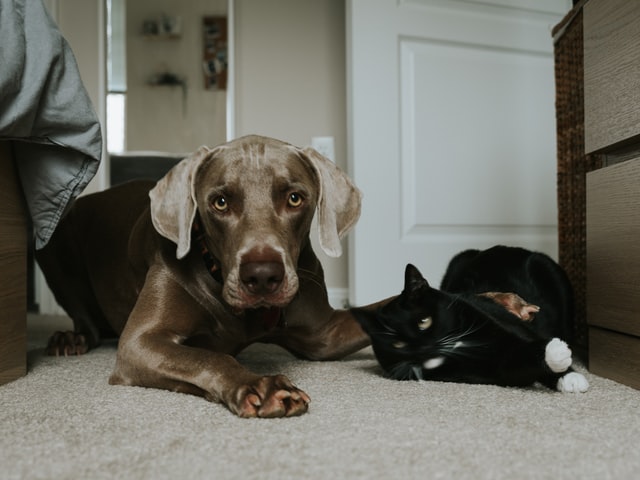Dogs predatory behavior Dogs were once wild, and they survived by preying on both small and big animals before they became pets. They usually gather together to chase and kill an injured, older, or younger animal by grabbing it on the abdomen or jugular vein. The whole dogs would feast in turn and then take some back to their younger ones at home. The predation sequence in dogs is “see-chase-grab-kill.” While domesticating dogs, some parts of this sequence were weakened, but there were not eliminated.
Domesticated Dogs predatory behavior
So, even after domesticating dogs, they still have that instinctive craving to chase, bite, and kill what they see as prey. This is the reason your little four-legged furry chase catch and kills sometimes. Dogs’ predatory behavior is not based on hunger but is instinctive. Each breed of dog has its level of predation. The sequence starts with movement. The prey drive of your dog becomes stronger if you allow him to chase down smaller animals.
Is it actually prey?
During springtime, you may see your cats or dogs upsetting bunny nests and killing birds. Well, this might not be a problem. But, when the predatory drive is directed towards small cats and dogs or running children, then it is a big problem. We do not see these targets as prey, but the dog sees them as prey, and this is dangerous.
The phrase predatory aggression is often used for dogs that look intently at a target creature, silently move, and quickly grab-bite its abdomen or jugular. This might be the only type of anger that many dogs may have. The fact that it can’t be counter conditioned, trained, or medicated out of them makes it dangerous. You can command a dog to sit or stay around a cat that he is chasing, but at some point, he will still chase down the cat. This kind of aggression is disgusting to the dog owner because it suddenly comes out and is directed to what humans do not consider as prey. However, the instinct of the dog tells otherwise.
The Risks of Dogs Predatory Behavior
It is very risky for a predatory aggressive dog to live with an infant or little child. Children that are below three years of age make high-pitched noises and move quickly. An infant that is lying on a blanket or bed looks like a little injured prey. There have been many stories of dogs attacking infants, and this is as a result of leaving the child alone with a dog. The dog can pounce on the baby within some seconds when he hears the noise of the child and sees his movement. But, if the owner is around, the dog would just stare at the child. The “lunge-bite” might be weakened, but the desire still remains.
What to do?
The best way to control predatory aggression in your dog is to completely avoid the situations that put animals and humans at risk. For example, if you know that your dog likes chasing cats, then it means that he can’t live with cats. If your dog sees small dogs as prey, then it cannot stay around a small dog. A dog that has a history of preying on other animals should never stay around children under the age of 3 or infants. Therefore, if you have a dog with predatory behavior, you should control it. Consult with a behaviorist or veterinarian on this issue to help you figure out a safe and realistic solution that protects animals and people around this dog.





